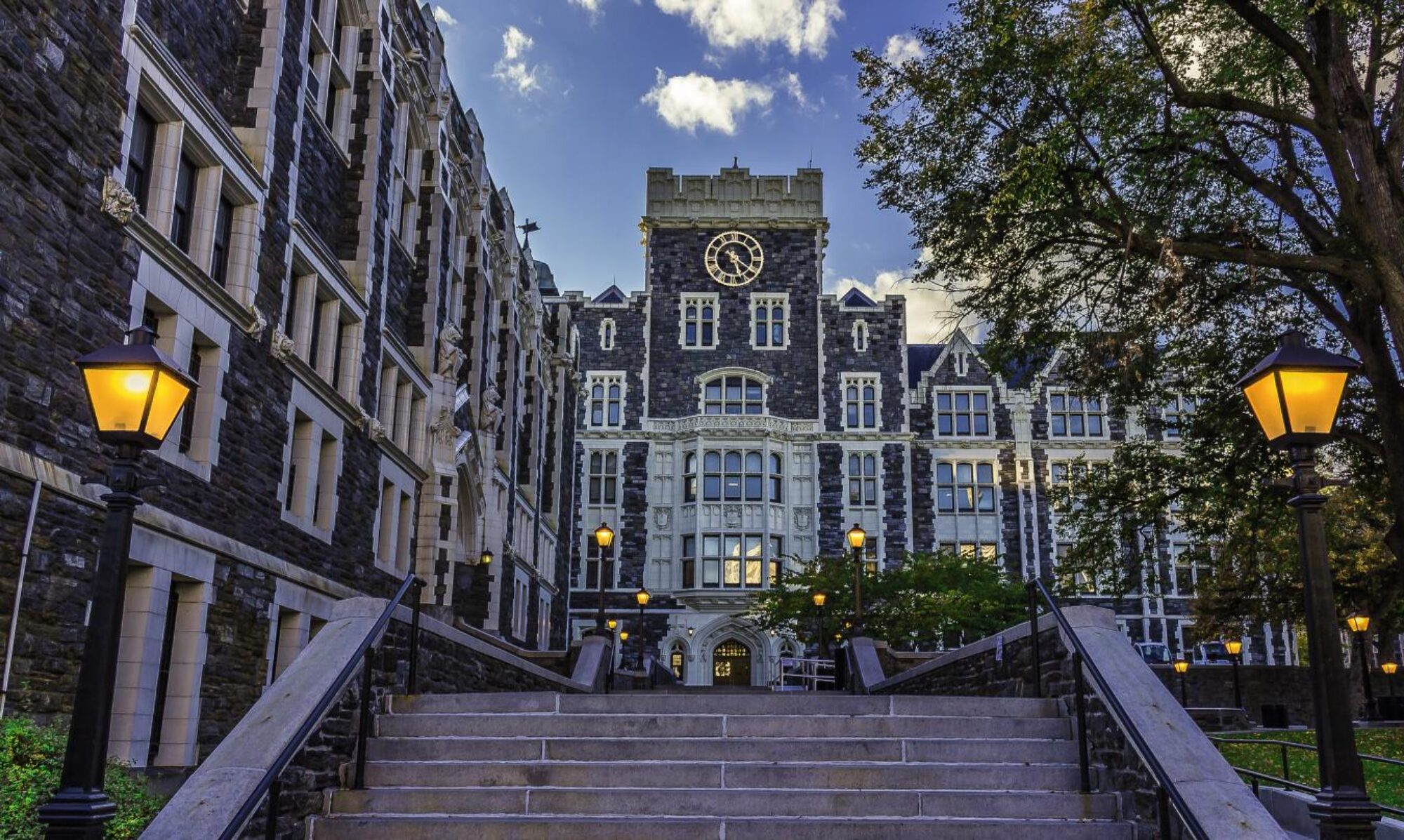Professor Santonyo Bangali
Applicant organization – The City College of New York’s (CUNY)Undergraduate Funding Division for Grove School of Engineering
Submittal date- 4/4/2024
Funding for prototype of The Bionic Arm; with the hopes of mass production for the general public
Proposed project period – 1 year-6 years
Amount requested- $200 Million Dollars
Team Members: Damani, Aiden Josiah
Bionic arm research has far-reaching implications. For starters, in healthcare, it gives amputees hope, improving their quality of life by recovering lost capability. Advanced prosthetic limbs with sensory feedback can boost dexterity and enable more natural interaction with the surroundings. Furthermore, this study contributes to the field of neurotechnology, as bionic arms frequently use brain-computer interfaces, which promotes advances in understanding and treating neurological problems. Bionic arm improvements are driving progress in the development of more nimble, flexible, and human-like robotic systems. Furthermore, these advances have an impact for the defense industry, where increased strength and accuracy are critical. We aim to make these realistic prosthetics affordable for the everyday consumer. We anticipate that by 2035 the majority of people who need our prosthetics will have them by partnering with insurance companies to ensure we can get the public the lowest possible price. Along with setting aside some profits for grants to help the less fortunate.
Introduction:
Damani – Computer engineering
Josiah- Computer science
Aden- Computer science
Problem
The absence of bionic arms is a major issue for amputees and others with limb limitations. Without access to current prosthetic technology, people struggle to do daily duties, restricting their independence and preventing them from fully participating in society. Conventional prostheses frequently lack the functionality and natural mobility provided by bionic arms, resulting in lower quality of life for people who rely on them. This is a major market opportunity to not only provide a service to people in need but to change lives and rehabilitate mass amounts of people.
Objectives
The team aims to have a completely functional prototype available by 2026, with a full public release in 2030. We want to make our product generally affordable to the general public, whether through grants, contributions, or insurance. Our primary goal is to get the product into the hands of those who need it the most.
Methodology
To achieve the aim of inexpensive prostheses, we are reaching out to insurance companies early in the product development process to include into their plans upon launch, ensuring that there is no gap between device introduction and low pricing. We’re also reaching out to grantors and using social media to promote the product and raise funds for the research foundation. We have committed to a firm schedule for development in order to achieve as much progress as possible. We are now hiring additional researchers and scientists to assist us. The project method has been reduced within a six-year period. Years one through three involve research, evaluation, prototype creation, laboratory testing, and optimization. Years 4–6 are dedicated to clinical studies and user input and product distribution.
Evaluation
The project will be thoroughly evaluated at various phases to guarantee its efficacy and progress in meeting its objectives. An impartial panel of specialists in relevant sectors such as biomedical engineering, healthcare, and prosthetics will undertake the evaluation.During the research and development phase, regular evaluations will be conducted to track milestones, identify obstacles, and fine-tune approaches.Clinical trial outcomes will be carefully evaluated by medical specialists and regulatory organizations to determine safety, effectiveness, and user satisfaction.Ongoing monitoring of bionic arm recipients following launch will evaluate long-term results such as functional performance, psychological well-being, and society integration.
Long-term Project Plans
After we acquire the necessary funds, we will undertake research and begin creating the prototype to test on volunteer amputees. After testing is completed, we will begin public marketing of the product and engage with insurance companies and hospitals to get bionics into the hands of those who need them. Eventually being featured in events like as the Paralympics to completely demonstrate to the public the capabilities of bionic limbs
Appendices


These images are early mockups of the bionic limbs’ intended appearance. We are focused on realism and customisation with these prostheses. The ultimate objective is to have the bionic arm appear exactly like a real one allowing for seamless integration into society.
Budget Justification
- Research and development – $120 million
- Clinical Trials and Testing: $40 million (20%)
- Materials and Manufacturing: $20 million (10%)
- Case studies: $10 million (5%)
- Regulatory Compliance : $8 million (4%)
- Outreach: $2 million (1%)



